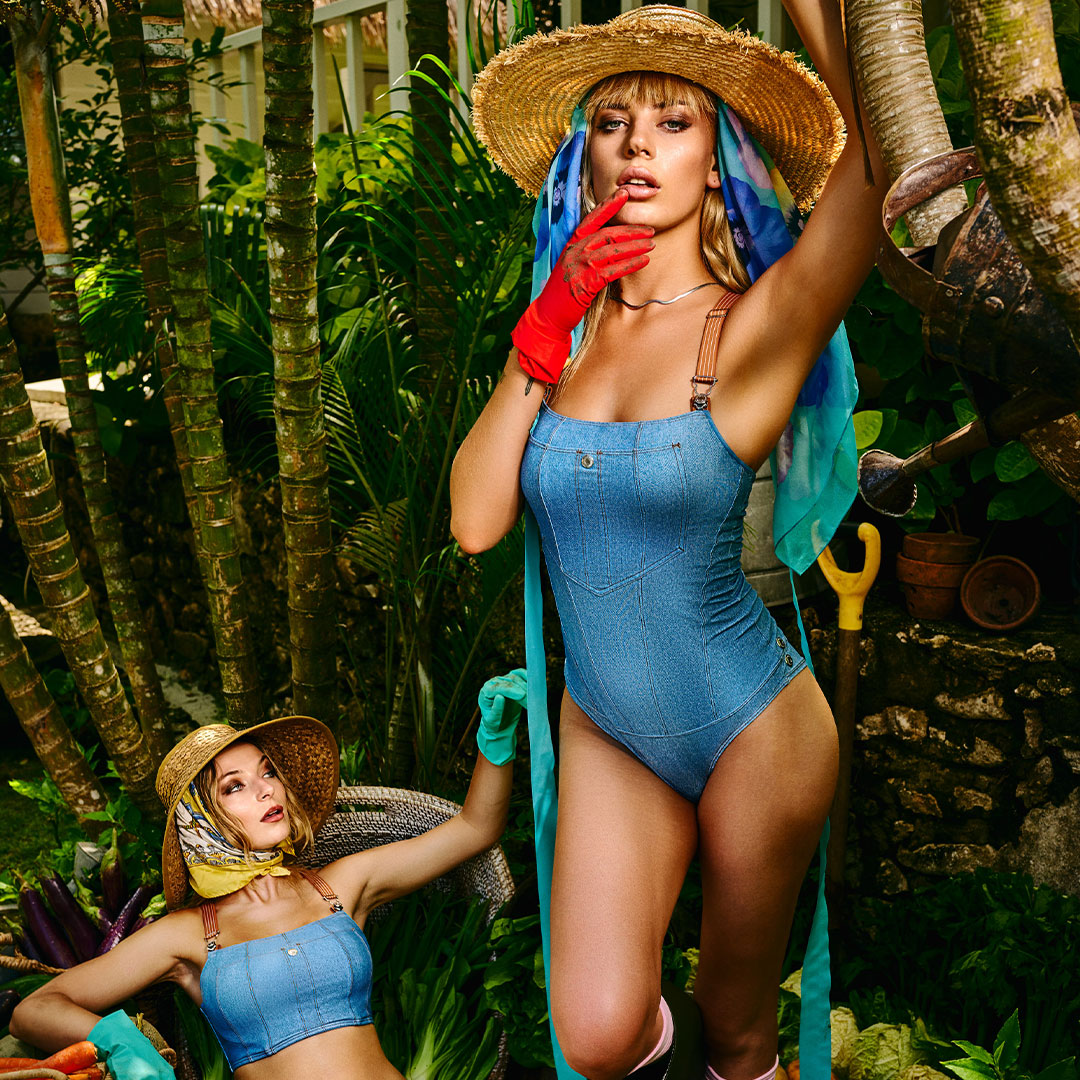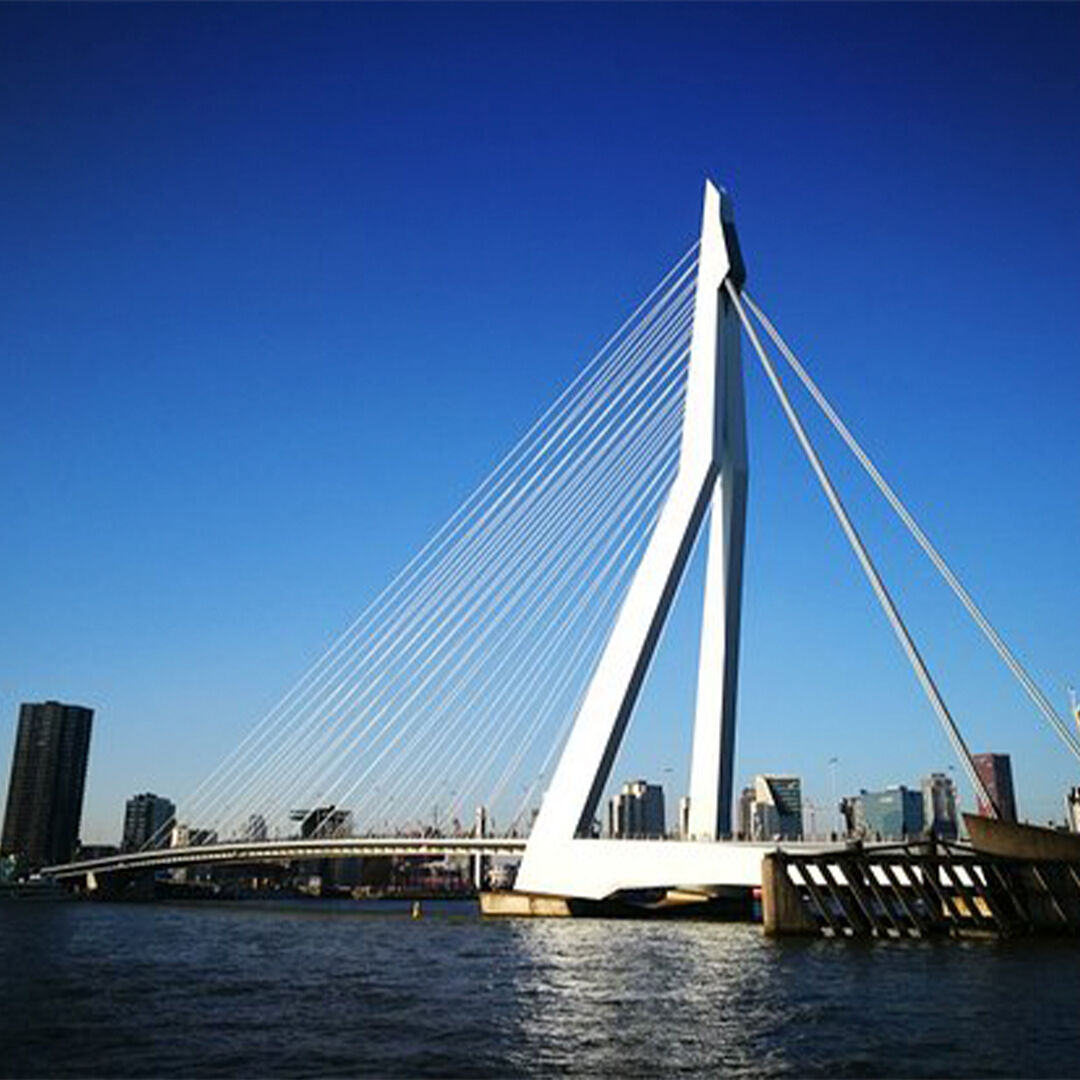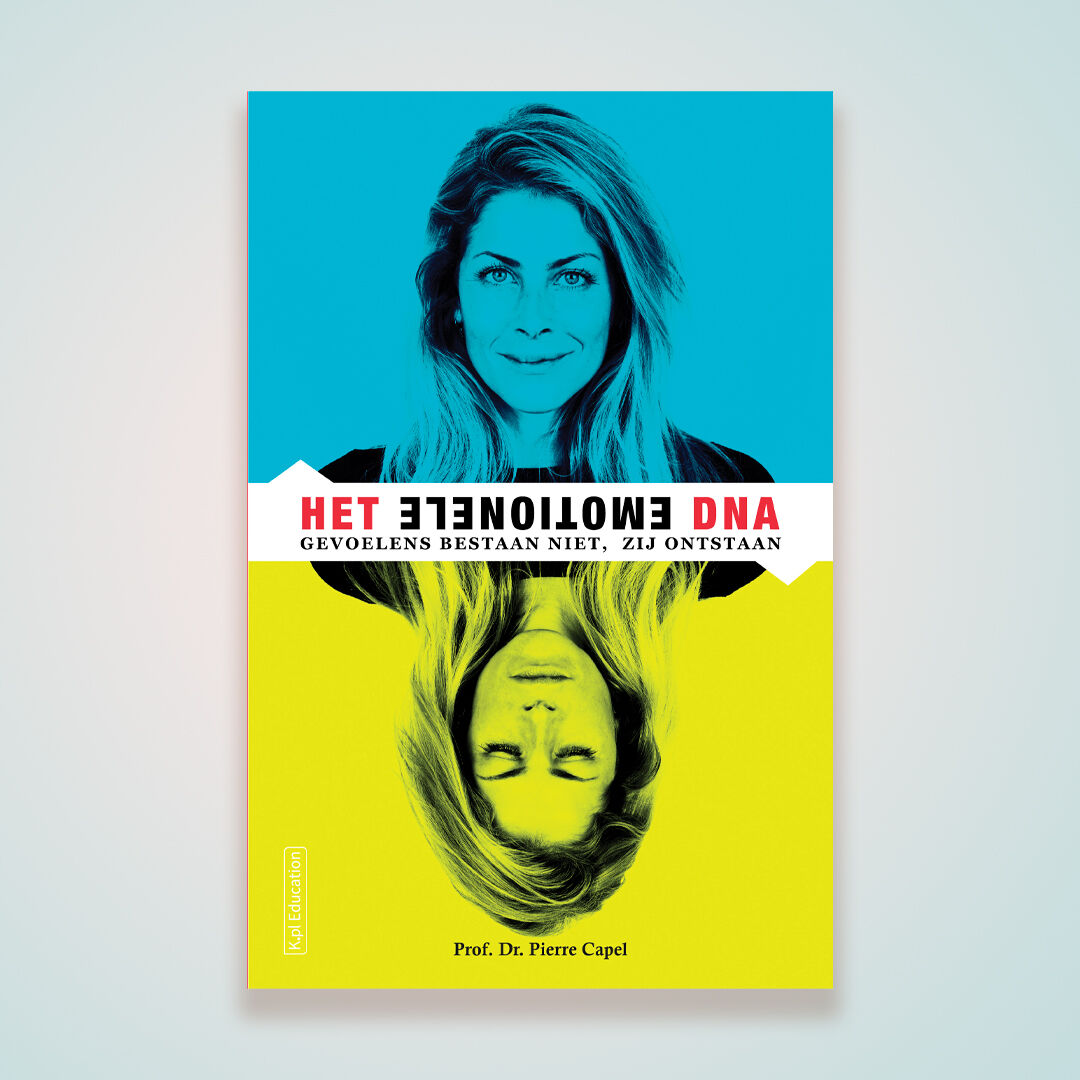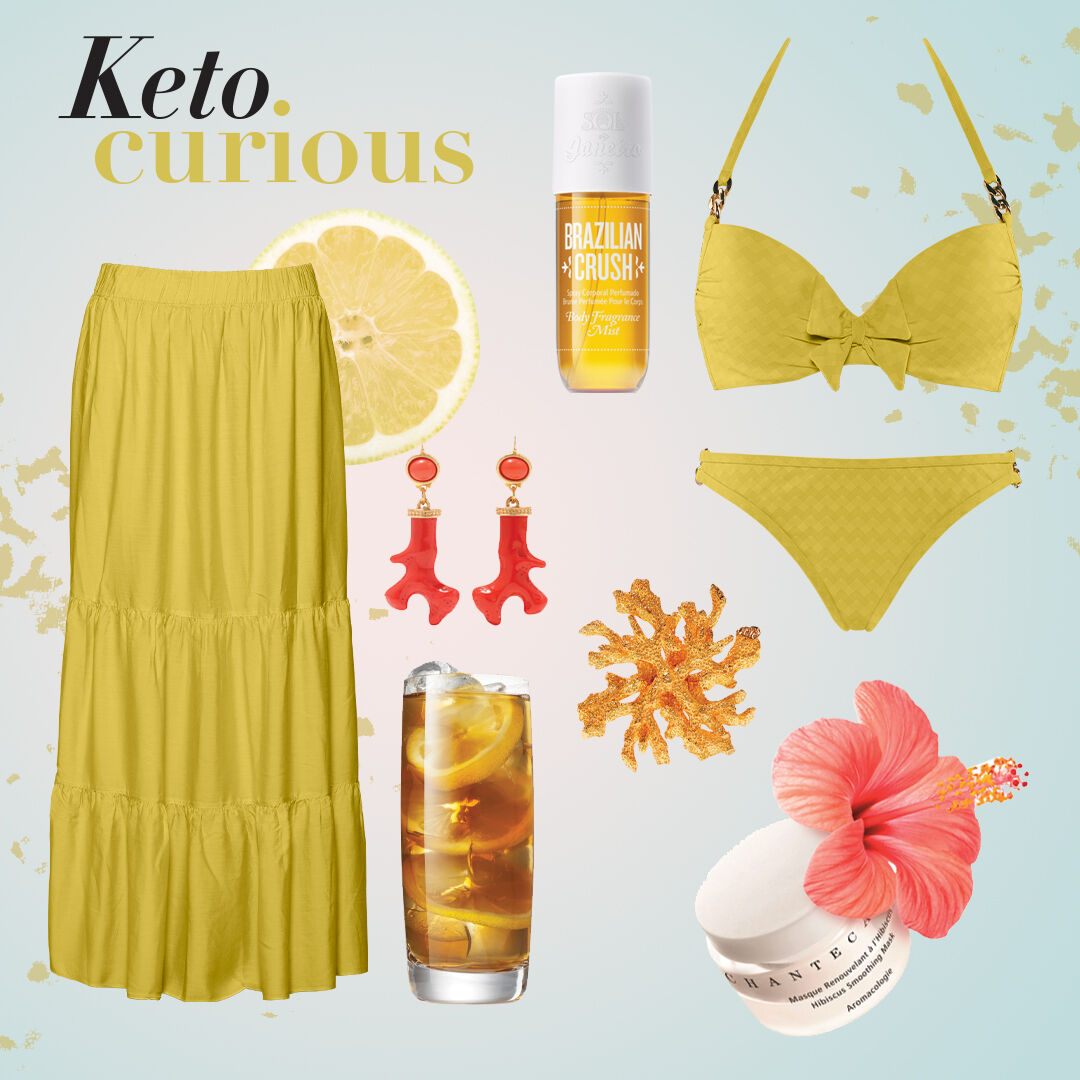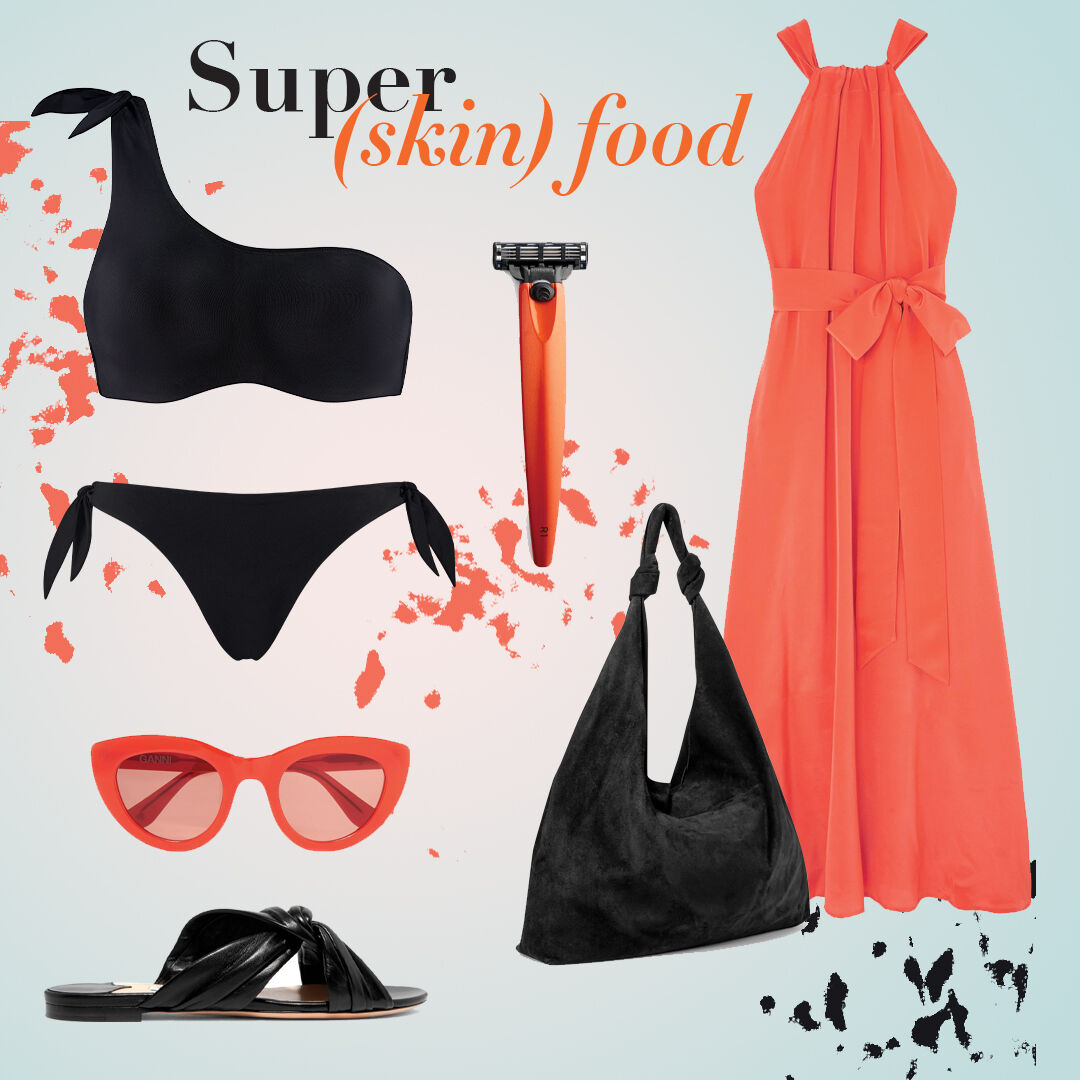The female gardener
The very first female gardener ever, got fired on the spot. Yes, we're talking about Eve, who was thrown out of Paradise, the forbidden fruit juice still running down her chin. Well, God's loss. Because since then, women have been busy building their own Garden of Eden: a place where we collab with nature to create beauty while safely connecting with our own wild nature. And you know what? We're actually 'plantastic' at it!
Maybe it has to do with the fact that for millions of years, women have been in charge of foraging - collecting wild fruits and berries, identifying edible plants - developing not only excellent detail-processing and motor skills, but also extraordinary vision. For example, we are able to distinguish about 250 shades, compared to men's ability to see only 40-50 different ones. Not surprisingly, with the arrival of agriculture, people prayed to female deities for a successful harvest and beautiful gardens, from Isis in ancient Egypt to Greek gardening goddess Antheia who made flowers spring up beneath her feet with every step. Speaking of flower power, right?
Yet, for the next 10.000 years or so, men would rule the realm of cultivated nature as professional gardeners, relegating women to boring, backbreaking tasks such as weeding and getting rid of pests. During the Middle Ages, so-called 'weeding women' were indispensable, but given less half the pay of a male laborer. Sounds familiar? Sure, there were exceptions, like the formidable 12th century German nun Hildegard von Bingen. Describing the healing power of 230 plants in her horticultural classic 'Physica', she urged us to find harmony within the mind, body and soul by tapping into the universe's magnificent 'Greening Power'. The best place to do that? In our own garden, of course.
There would be other rebel female gardeners, such as Queen of France Marie Antoinette, who escaped the ridiculous wigs and complicated rules of the court in her private garden: a feminine oasis in the stern, symmetrical garden landscape of Versailles. Let them eat cake? Nah, let them plant seeds! But we would have to wait for the Romantics and their rejection of rigid rationality, to see gardening truly embraced as an emotional expression. And so, during the late 18th century, the strictly linear, 'masculine' garden was replaced by a soulful ode to Mother Nature's wild, creative powers. Women couldn't wait to reclaim their rightful place in it.
One of the greatest Romantic poets, Emily Dickinson, wrote: "I was reared in the garden, you know." During her lifetime, Emily was actually more famous as a gardener than a writer. She wasn't the only one: the horticultural world had become one of the few socially accepted places for women to grow and hone their skills. And grow they did: a few decades later, during the Victorian era, the female gardening superstar was born. To this day, when asked about the most influential gardener - male or female! - of all time, connoisseurs will mention Gertrude Jekyll (1843 - 1932), who designed gardens like impressionist paintings and very much shaped how we look at garden design today.
And here we are now, with a variety of female gardeners that mirrors a flourishing garden's biodiversity: from Insta gardening celebs and award-winning landscape designers to self-proclaimed 'crazy plant ladies' and rooftop gardenistas. We garden to relax, to heal, to provide or create. We are forces of (cultivated) nature, revealing ourselves in our garden. And whether that garden is in our backyard or on our balcony, we all agree on one thing: Eden is a place on earth.
MD Friends
Building bridges
From the Erasmus Bridge and the Mercedes-Benz Museum to Qatar’s metro network; Ben van Berkel’s iconic landmarks bring people together in rapturous beauty, again and again. I talked with the Dutch architect and educator about sensuality, ‘healthy’ buildings and the remarkable parallels between our designs.
MD Friends
More than a feeling
Don’t ignore your emotions; they are much more powerful than you can imagine. By linking the magical world of emotions with hard science, Dutch scientist Pierre Capel, professor emeritus in experimental immunology, shows us the consequences of our feelings and the power of our minds. The message: we can do much more than we think. “Meditate. It’s the single best thing you can do for your health.”
Marlies Says
Keto curious?
The fact that I feel bikini-confident all year round is, of course, a nice bonus. But for me, the biggest payoff of following the keto diet is the way it optimizes my health and gives me tons of energy.
Marlies Says
Super (skin) food
‘If you can’t eat it, why put it on your skin?’. I pretty much live by this beauty adage. After all, with your skin being one of your body’s largest organs, anything – and I mean anything! – you put onto your skin will end up in your bloodstream.


